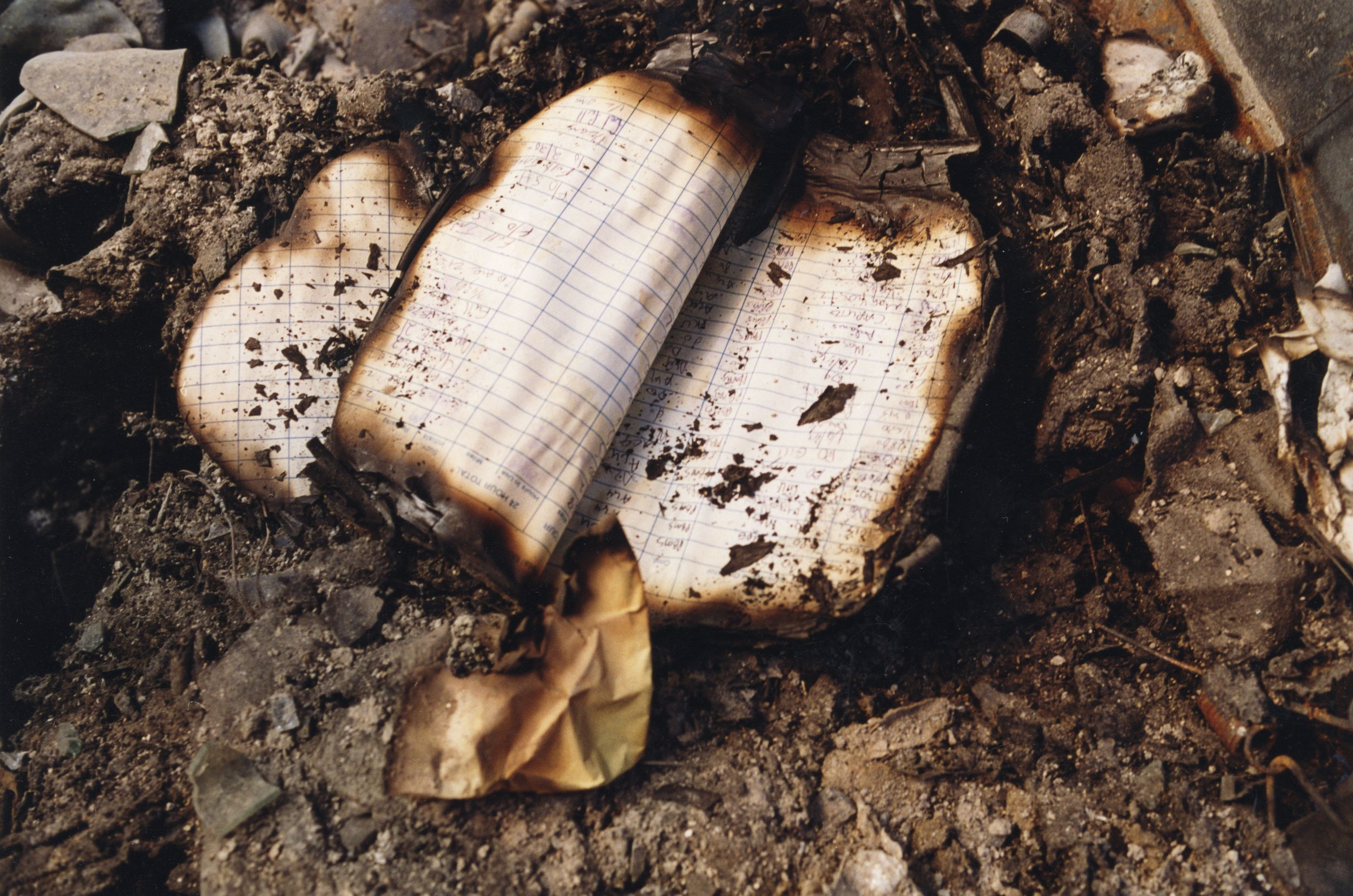The Amazon River, Iquitos, Peru
The Amazon River, Iquitos, Peru
The Amazon region was given its present name by a Spanish conquistador who fought men and women of the Tapuyas and other indigenous tribes. The women he fought brought to Francisco de Orellana’s mind the Amazons of Greek mythology and he named the river accordingly.
When it came to naming his internet-based retail corporation, Jeff Bezos chose “Amazon” because he considered the river and its surroundings to be “exotic and different” as he wished his company to be. In 2012 Amazon Corporation sought permission from the internet Corporation for Assigned Names and Numbers to use the suffix .amazon as its internet address.
A group of Amazon River bordering nations succeeded in their effort to deny Amazon Corporation’s request, thus allowing the first association of the name to remain the mighty river and its ecologically critical region.
Amazon, World Wildlife Organization,
http://www.worldwildlife.org/places/amazon
The World Wildlife Organization reports that Amazon region contains one in ten known species on earth. It is 55 million years old and holds 1.4 billion acres of dense forests-- half of the Earth’s remaining tropical forests. There are 4,100 miles of river and the region takes up 40% of South America.
The rain forests have 90-140 billion metric tons of carbon that “help stabilize local and global climate.” There are 40,000 plant species, 3,000 freshwater fish species, and more than 370 types of reptiles.
WWF reports “30 million people, including 350 indigenous and ethnic groups, live in the Amazon and depend on nature for agriculture, clothing and traditional medicines. Most live in large urban centers, but all residents rely on the Amazon’s natural bounty for food, shelter and livelihoods.”
Brazilian Indians, Survival International
https://www.survivalinternational.org/tribes/brazilian
The Barzial government has recognized 690 territories as property for the 240 indigenous tribes in Brazil. These tribes take up about 0.4% of Brazil’s population, and the lands are around 13% of Brazilian soil (98.5% of this protected land is in the Amazon). However, only 1.5% of the land reserves are actually occupied by the indigenous populations. Most of their lands have actually been stolen from them to be used as cattle ranches, soya fields, and sugar cane plantations.
The Amazon is also home to the most uncontacted people in the world. Approximately 80 groups of uncontacted peoples exist in these forests and many are in constant battle with ranchers and loggers who are trying to push them out of their land.
The people of the Amazon are the main force stopping deforestation. Their entire identity is the Amazon and resources it holds.
“This here is my life, my soul. If you take the land away from me, you take my life.”
—Marcos Veron, Guarani Tribe
Pfanner, Eric, Amazon Rejected as Domain Name After South American Objections, The New York Times Online, 18 July 2013.
http://bits.blogs.nytimes.com/2013/07/18/amazon-rejected-as-domain-name-after-south-american-objections/
Internet Corporation for Assigned Names and Numbers (ICANN), which Pfanner describes as “an international governance group for the Internet” rejected Amazon Corporation’s application to own the domain name “.Amazon” in July of 2003. Pfanner attributes the rejection, in part, to the efforts of a coalition of South American countries including Brazil, Argentina, Chile, Peru and Uruguay.
The countries argued in a letter to ICANN, “In particular ‘.amazon’ is a geographic name that represents important territories of some of our countries, which have relevant communities, with their own culture and identity directly connected with the name. Beyond the specifics, this should also be understood as a matter of principle.”
Moran, Lee, South America, Amazon square off in fight over control of .amazon domain name, Daily News, 5 December 2012.
http://www.nydailynews.com/news/world/south-america-amazon-fight-amazon-domain-article-1.1213050
Amazon Corporation paid $185,000 to submit its application to ICANN. The money would be returned in the event of an application rejection.
Morgan reports that ICANN “has so far collected a staggering $350 million for the registration of new generic Top-Level Domains.”
Grey, Paul, How Many Products Does Amazon Sell?, Exportx: World Wide Access, 11 December 2015.
https://export-x.com/2015/12/11/how-many-products-does-amazon-sell-2015/
Grey writes, “Today Amazon sells over 480 million products in the USA. Amazon’s product selection has expanded by 235 million in the past 16 months. That an extraordinary average of 485 thousand new products per day.”
Grey breaks down these numbers by department category within the online realtor saying, “Amazon’s catalogue is grouped into dozens of departments. There are over 30 million items in the combined Clothing, Shoes & Jewelry department, 24 million in Sports & Outdoors, and 60 million in Home & Kitchen. There are 6.7 million Office Products items, 96 million in Electronics, 1.7 million in the Beauty department, 1.2 million Baby products, and 900 thousand Grocery items.














































